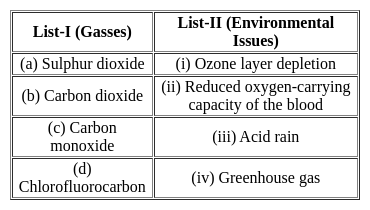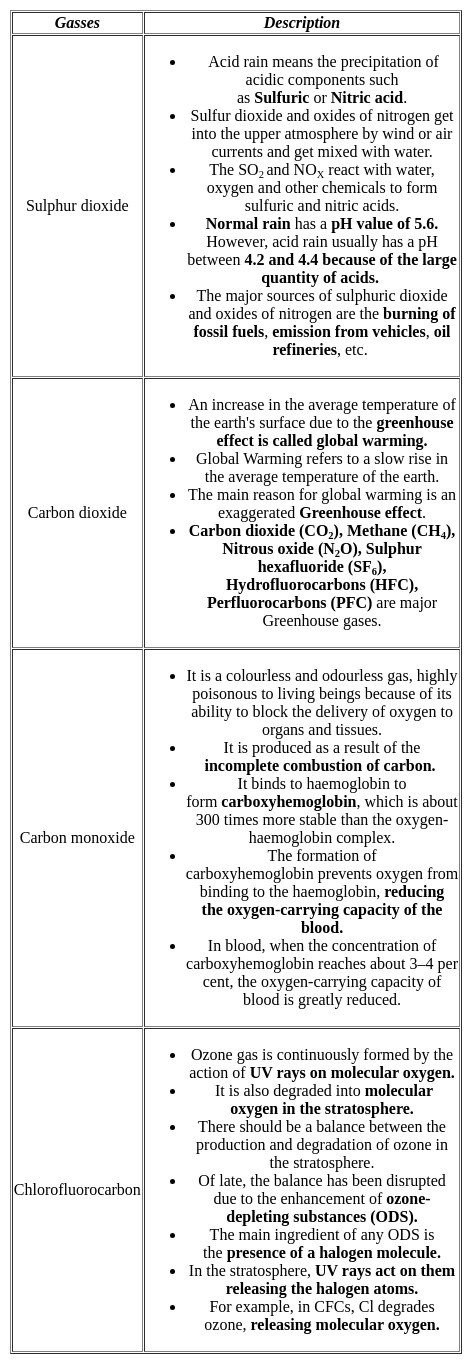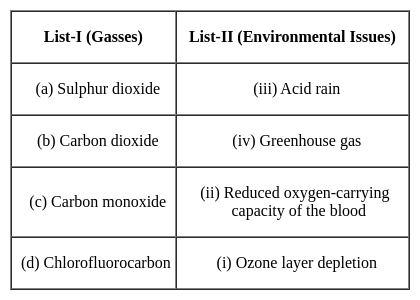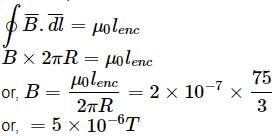HSSC TGT Science Mock Test - 3 - HSSC PGT/TGT MCQ
30 Questions MCQ Test HSSC TGT Mock Test Series 2025 - HSSC TGT Science Mock Test - 3
What type of soil is found on the hills of Morni in the state?
Match List-I with List-II and select the correct answer using the codes given below:


Rani separated her waste into two groups.
Group 1: spoiled food, garden trimmings, paper, wood
Group 2: plastic bags, toys, bottles, glass
This segregation is on the basis of:
Which of the following statements regarding the Bansi Lal Legha is/are correct?
(i) He was considered as Modern Architect of Haryana.
(ii) He was elected to the Haryana State Assembly seven times.
(iii) He served as the Defence Minister and Railway minister.
A long straight wire in the horizontal plane carries a current of 75 A in north to south direction, magnitude and direction of field B at a point 3 m east of the wire is
Conversion of temperature into electric voltage is done with
Plants which are not differentiated into roots, stem and leaves are grouped under
At any junction, the sum of the currents entering the junction is equal to the sum of _______
The emission spectrum of hydrogen is found to satisfy the expression for the energy change ΔE (in joules) such that  where n1 = 1, 2, 3,.... and n2 = 2, 3, 4. The spectral lines corresponds to Paschen series if
where n1 = 1, 2, 3,.... and n2 = 2, 3, 4. The spectral lines corresponds to Paschen series if
In image formation from spherical mirrors, only paraxial rays are considered because they
The 3d transition series starts from which atomic number?
Which one is known as energy currency of the living cells?
A human female is born with a million of eggs(primary oocyte) at the time of birth, only some 500 eggs get a chance of maturity. What is the destiny of rest of the eggs?
The element with lowest ionization energy among the following is:
Calculate the wavelength (in nanometer) associated with a proton moving at 1.0×103ms-1 (Mass of proton = 1.67×10-27kg and h = 6.63×10-34Js)



























